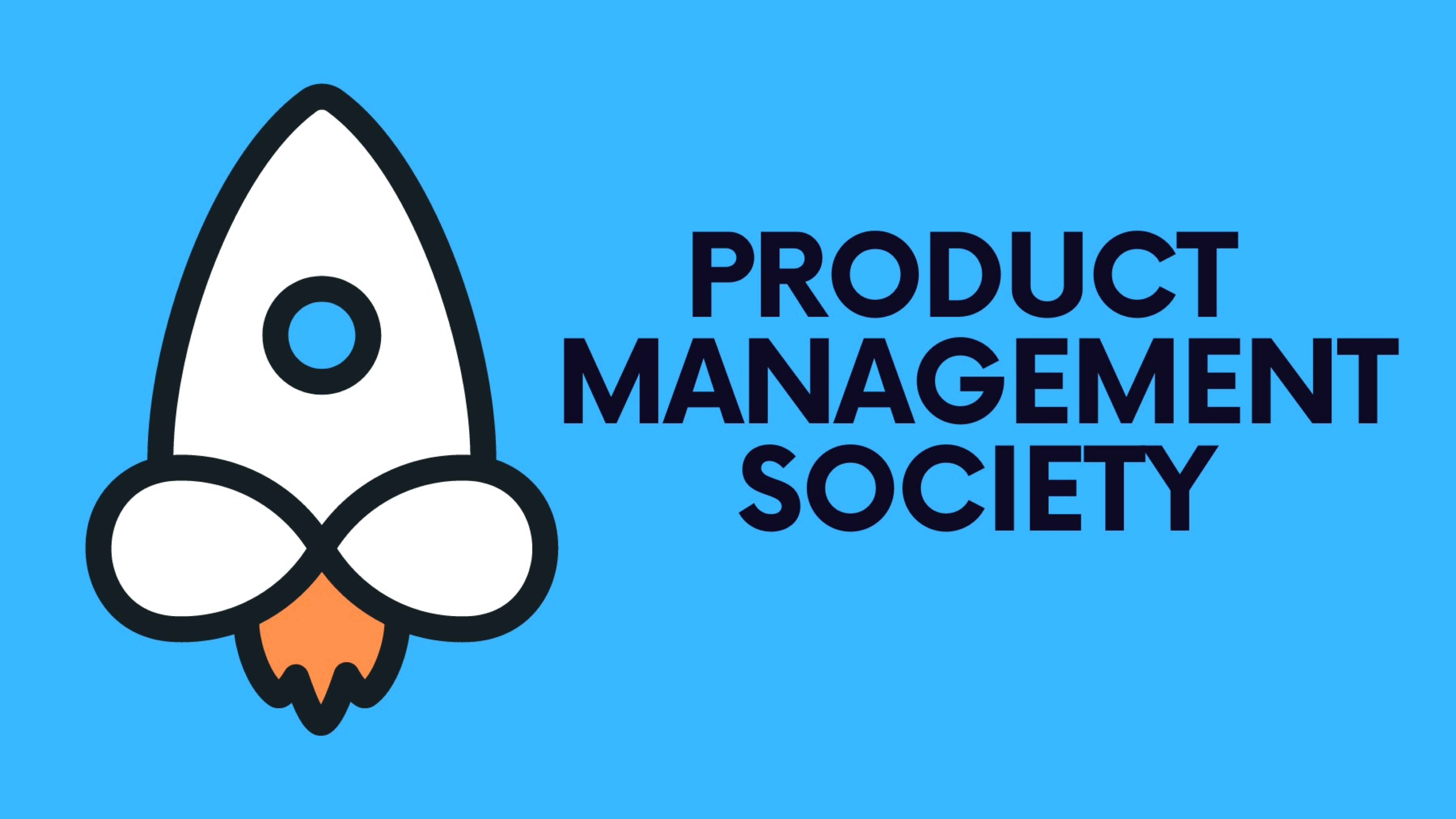Documenting product requirements is a critical step in the product development process. It ensures that everyone involved has a clear understanding of what needs to be built and why. Effective documentation serves as a blueprint, guiding the development team and stakeholders throughout the lifecycle of the product. This article offers a detailed guide on how to document product requirements effectively, ensuring clarity, alignment, and a streamlined development process.
1. Understanding Product Requirements Documentation
Definition:
- Product Requirements Document (PRD) details the product’s purpose, features, functionality, and behavior. It acts as a source of truth for the development team, stakeholders, and other departments within the organization.
Importance:
- A well-crafted PRD helps prevent misunderstandings and misalignments, reduces development errors, and ensures that the final product aligns with the business goals and user needs.
2. Steps to Document Product Requirements
Gather Input:
- Start by collecting inputs from all relevant stakeholders, including customers, sales, marketing, customer support, and the development team. Understanding their perspectives and needs is crucial for defining comprehensive requirements.
Define the Scope:
- Clearly define what the product or feature will and will not entail. This helps set boundaries and expectations right from the start.
Write Clear and Concise Requirements:
- Each requirement should be clearly stated, leaving no room for ambiguity. Use simple language and be as specific as possible.
Prioritize Requirements:
- Not all features are created equal. Prioritize requirements based on their business value, user impact, and technical complexity.
3. Best Practices for Effective Requirements Documentation
Use a Standard Template:
- Adopt a standard PRD template to ensure consistency across documents. This template might include sections for objectives, scope, detailed requirements, user flows, wireframes, and acceptance criteria.
Include Use Cases or User Stories:
- Describing how different types of users will interact with the product helps the development team understand the context and the expected behaviors of the product.
Maintain a Living Document:
- A PRD is not a one-time artifact but a living document. It should be updated regularly as new information becomes available and as project scopes evolve.
Ensure Accessibility:
- Make sure the document is easily accessible to all team members and stakeholders involved. Use collaborative tools like Confluence, Google Docs, or similar platforms where team members can contribute and make revisions easily.
4. Common Mistakes to Avoid
Overloading the Document:
- Avoid cluttering the PRD with too much detail that can overwhelm the team. Focus on what’s necessary to deliver a minimum viable product (MVP) and iterate from there.
Neglecting Non-Functional Requirements:
- Don’t overlook non-functional requirements like security, performance, and usability, which are crucial for the overall quality of the product.
5. Conclusion
Documenting product requirements effectively is a skill that comes with practice and experience. By following these guidelines and continually refining your approach based on feedback and outcomes, you can enhance your documentation process. Well-documented product requirements not only facilitate smoother development cycles but also contribute to the creation of products that truly meet user needs and business objectives.
Stay tuned for our next article!
If you’re finding this blog valuable, consider sharing it with friends, or subscribing if you aren’t already. Also, consider coming to one of our Meetups and following us on LinkedIn ✨
Thanks for reading Product Management Society! Subscribe for free to receive new weekly posts 🚀







